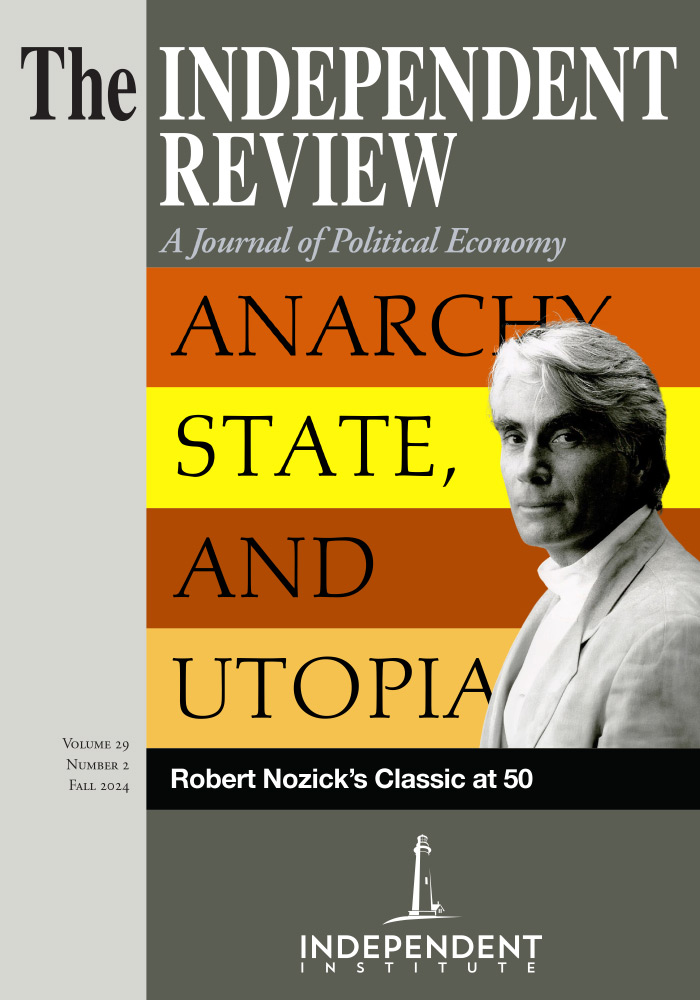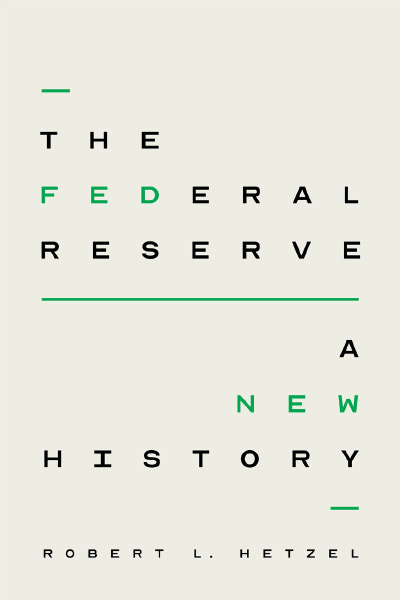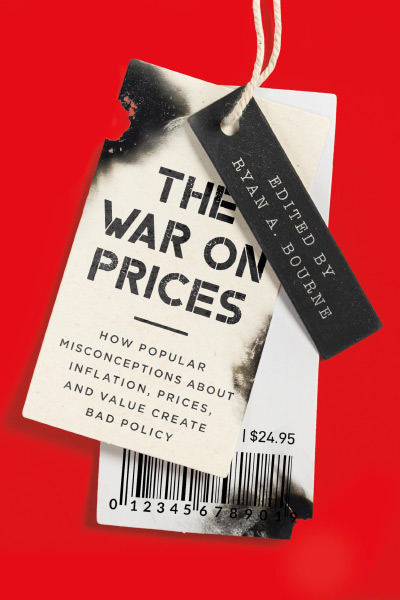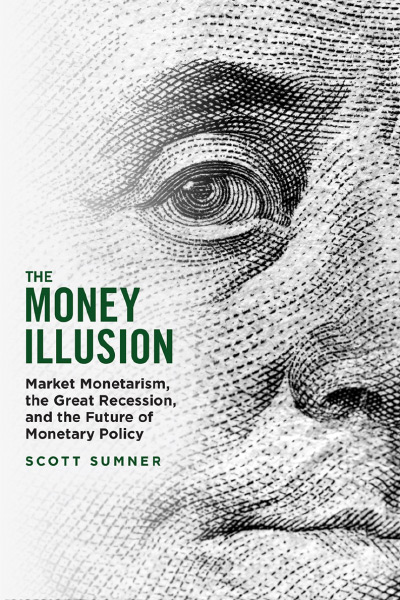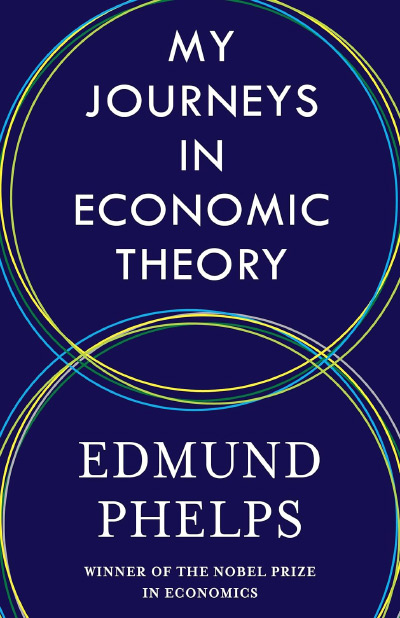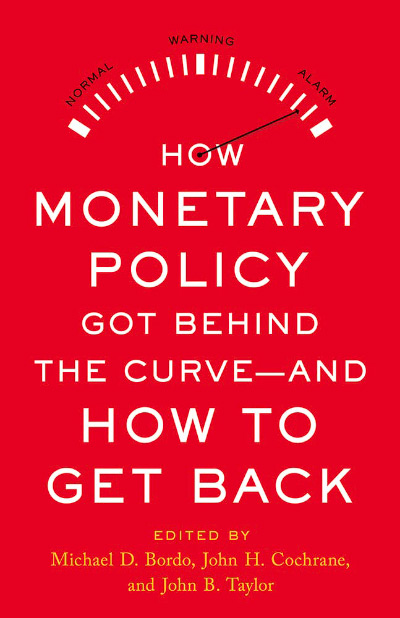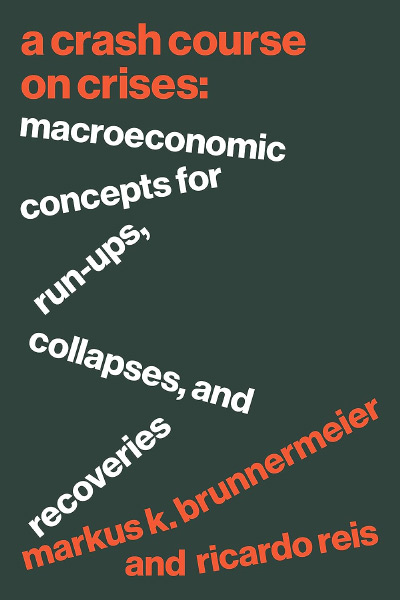The Federal Reserve: A New History is an incredibly detailed and sophisticated update on the history of the Fed written by Robert Hetzel, a distinguished scholar who spent a considerable part of his career at the Federal Reserve Bank of Richmond. This impressive book will undoubtedly serve as a valuable reference for scholars in monetary policy. The book, however, is not, and was not intended to be, an easy read for the layman. While those in favor of free banking will have much to gain from this book, they will naturally be disappointed, as an underlying assumption is that the Fed is both necessary and capable of achieving its mission. Bottom line: all monetary economists should have this book on their shelf.
Hetzel updates our understanding of the Fed and its conduct of monetary policy throughout its history. He updates this history with the most recent research on the subject and adds substantial detail and data. I particularly benefited from the comprehensive account of how decision-making at the Fed has been conducted and has evolved. Significantly, Hetzel extends the history of the Fed to include the most recent tumultuous period: the Fed’s conduct during the COVID-19 pandemic.
Given the indisputable value of this book’s contribution, I will spend the remainder of this review focusing on a single chapter with which I have a deep contention. As might be expected from a Fed insider, Hetzel is against monetary rules. Hetzel denies the feasibility of a numerical rule that eliminates discretion (p. 607), though he does support minor measures to improve Fed predictability. Hetzel firmly prioritizes decision-making by monetary experts over democratic control as exercised through political actors, arguing that “politicians are immediately out of their depth in a debate over the economy. Ultimately, the issue is whether to trust open debate and the American political process” (p. 608). Many scholars familiar with Public Choice economics and the robust evidence on voter ignorance and special interest politics may share this skepticism of the political process.
I, however, found Hetzel’s discussion of rules versus discretion (chap. 28) unconvincing. To be fair, this is a chapter included at the end of the book and is likely intended by the author to offer some brief thoughts rather than a thorough contribution to the rules-versus-discretion debate. Since he rejects the possibility of a numerical rule, Hetzel’s discussion amounts to whether we want qualified academic economists making decisions at the Fed or monetary policy left to the whims of everyday democratic politics.
Although Hetzel characterizes the trade-off as one between the rule of experts and political rule, this is a false distinction. He is comparing ideal monetary authorities to real democratic decision-making. Technocrats can and do fail (Roger Koppl, 2018, Expert Failure, New York: Cambridge University Press; David M. Levy and Sandra J. Peart, 2016, Escape from Democracy: The Role of Experts and the Public in Economic Policy, New York: Cambridge University Press). No matter their training, monetary authorities face insurmountable knowledge and incentive problems (Peter J. Boettke, Alexander W. Salter, and Daniel J. Smith, 2021, Money and the Rule of Law: Generality and Predictability in Monetary Institutions, New York: Cambridge University Press), which must be accounted for in a proper comparative institutional analysis.
Monetary authorities do not have Circe to advise them in the real world in navigating between Scylla and Charybdis. Even during normal times, when central bankers have the most stabilized relationships, the optimal path of monetary policy is highly uncertain. Alan Greenspan (2004, “Risk and Uncertainty in Monetary Policy,” American Economic Review 94, no. 2, 36), referring to the Great Moderation period, stated that “uncertainty is not just a pervasive feature of the monetary policy landscape; it is the defining characteristic of that landscape.” More recently, before COVID-19, Jerome Powell (August 23, 2019, “Challenges for Monetary Policy,” speech at the Challenges for Monetary Policy Symposium sponsored by the Federal Reserve Bank of Kansas City, Jackson Hole, Wyo.) admitted that the natural interest and unemployment rates necessary for conducting monetary policy “move unpredictably and cannot be directly observed. We must judge their locations as best we can based on incoming data and then add an element of risk management.” These knowledge problems, especially for the demand for money, are magnified during extraordinary times when historic relationships break down. Ben Bernanke, Timothy Geithner, and Henry Paulson (2019, Firefighting: The Financial Crisis and Its Lessons, New York: Penguin Books) write of their experience during the financial crisis that “none of us was ever sure what would work, what would backfire, or how much stress the system would be able to handle. There was no standard playbook we could consult for guidance and no professional consensus about best practices. We had to feel our way through the fog, sometimes changing our tactics, sometimes changing our minds, with enormous uncertainty about the outcomes” (p. 109). These knowledge problems are not mere technical problems that can be resolved with refined data and models but are directly related to the knowledge problems that also render broader central planning of an economy impossible (Boettke, Salter, and Smith).
Monetary authorities also face incentive problems (Boettke, Salter, and Smith). Even if they could surmount the knowledge problems, central bankers are pressured by the executive and legislative branches and special interest groups. A robust empirical literature demonstrates that central bankers succumb to these pressures. The Fed itself, as a bureaucracy that serves as the major employer of monetary economists, creates concerning pressures that can undermine the pursuit of optimal monetary policy (Brian Fabo, Martina Jančoková, Elisabeth Kempf, and Ľuboš Pástor, 2021, “Fifty Shades of QE: Comparing Findings of Central Bankers and Academics,” Journal of Monetary Economics 120, 1–20; Lawrence H. White, 2005, “The Federal Reserve System’s Influence on Research in Monetary Economics,” Econ Journal Watch 2, no. 2, 325–54). Even the same economists, when they transition from academic and business environments to the Fed, tend to be impelled by central banking institutions to change their policy stances (Alexander W. Salter and Daniel J. Smith, 2019, “Political Economists or Political Economists? The Role of Political Environments in the Formation of Fed Policy under Burns, Greenspan, and Bernanke,” Quarterly Review of Economics and Finance 71, 1–13). Importantly, technocratic central bankers have also not been immune to the vagaries of populism (Carola Conces Binder, 2021, “Technopopulism and Central Banks,” CATO Institute working paper; Carola C. Binder and Christina P. Skinner, 2023, “The Legitimacy of the Federal Reserve,” Stanford Journal of Business and Finance 28, no. 1, 1–40; Louis Rouanet and Alexander W. Salter, 2024, “Central Banking and Mission Creep,” AIER Sound Money Project working paper no. 2024–09).
The trade-off is not between idealized central bankers and the far-from-ideal world of democratic politics. The true choice is between a system that has been unable to improve upon flawed pre-Fed monetary systems (Thomas L. Hogan, 2015, “Has the Fed Improved U.S. Economic Performance?” Journal of Macroeconomics 43, 257–66; Thomas L. Hogan and Daniel J. Smith, 2022, “War, Gold, and the U.S. Economy: Performance of the Federal Reserve and the Gold Standard,” Review of Austrian Economics 35, no. 1, 15–37; George Selgin, William D. Lastrapes, and Lawrence H. White, 2012, “Has the Fed Been a Failure?” Journal of Macroeconomics 34, no. 3, 569–96) and a monetary system that allows democratic accountability through the imposition of a binding monetary rule that promotes generality and predictability in monetary policy. This would protect sound money as a property right of citizens, not just a prerogative of central bankers, extending the rule of law to one of our most important economic institutions (Peter J. Boettke, Alexander W. Salter, and Daniel J. Smith, forthcoming, “What LawMicro Has to Teach LawMacro: An Exploration of the Rule of Law and Monetary Policy,” Journal of Contextual Economics—Schmollers Jahrbuch, Special Issue). When democracy poses a threat to an inviolable principle, the classical liberal approach is to constrain decision-making with the rule of law, not to abandon democracy altogether in favor of technocracy.
| Other Independent Review articles by Daniel J. Smith | ||
| Winter 2021/22 | Engine of Inequality: The Fed and the Future of Wealth in America | |
| Summer 2020 | Breaking Bad: Public Pensions and the Loss of That Old-Time Fiscal Religion | |
| Winter 2017/18 | The Man Who Knew: The Life and Times of Alan Greenspan | |
| [View All (5)] | ||

